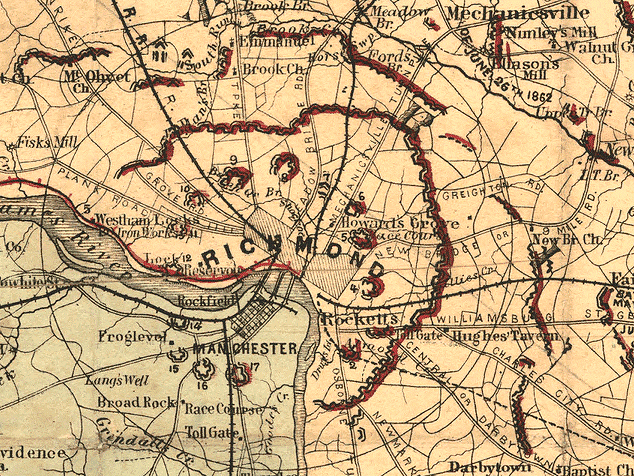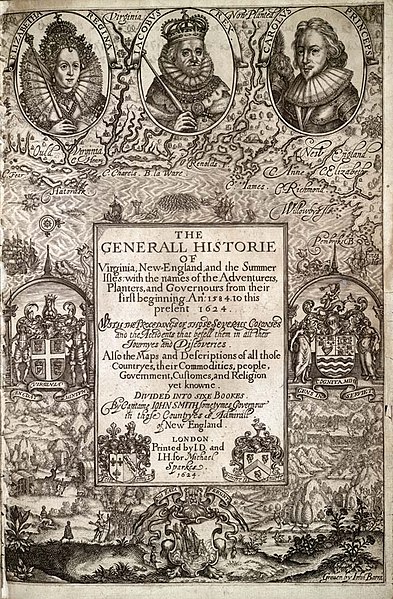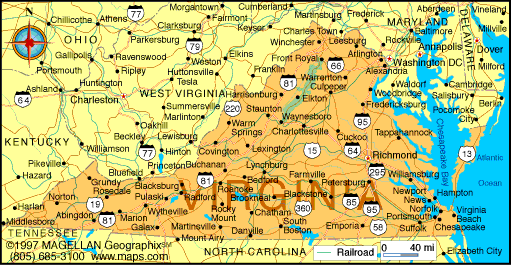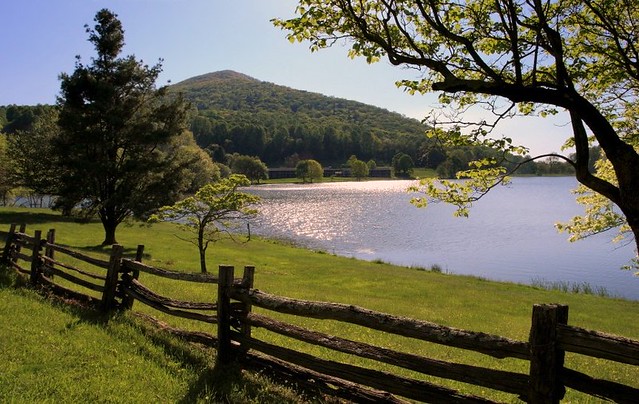
John Tyler
I read some interesting facts about Tenth President of the United States
John Tyler was born on
March 29, 1790 in
Virginia. Not much is known about his childhood though he grew up on a
plantation in Virginia. His Mother died when he was only seven. At twelve, he
entered the College of William and Mary Preparatory School. He graduated from
the College proper in 1807. He then studied law and was admitted to the bar in
1809.
From 1811-16, 1823-5, and
1838-40, John Tyler was a member of the Virginia House of Delegates. In 1813,
he did join the militia but never saw action. In 1816, Tyler was elected to be
a U.S. Representative. He strongly opposed every move towards power for the
Federal government that he saw as unconstitutional. He eventually resigned. He
was Governor of Virginia from 1825-7 until he was elected a U.S. Senator.
You can read more facts
from his biography in this site:






